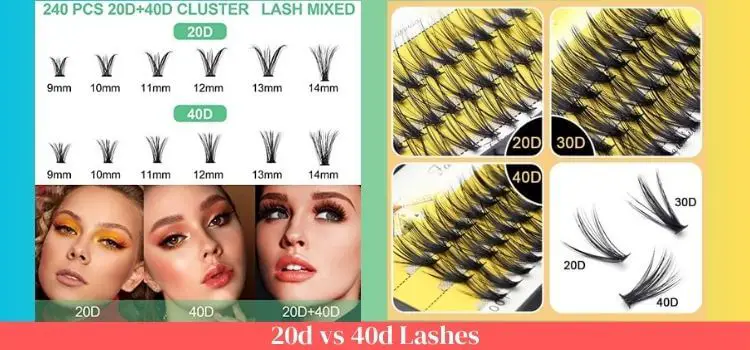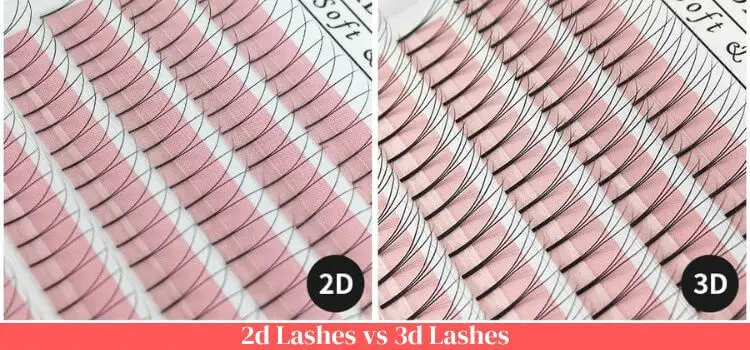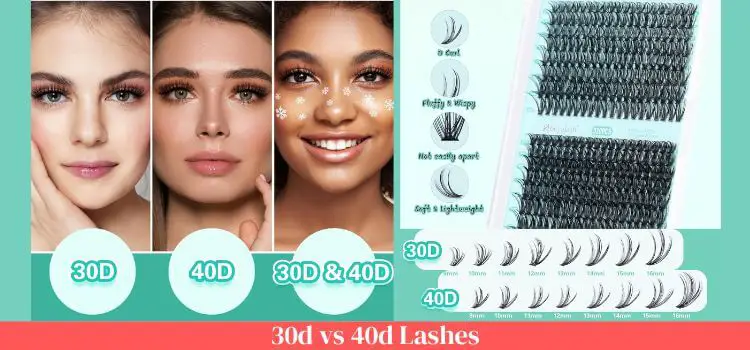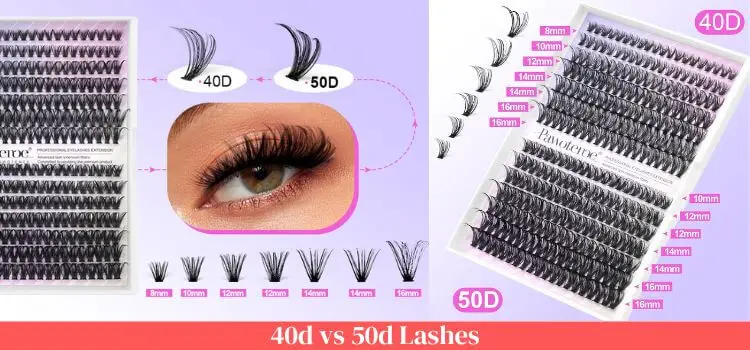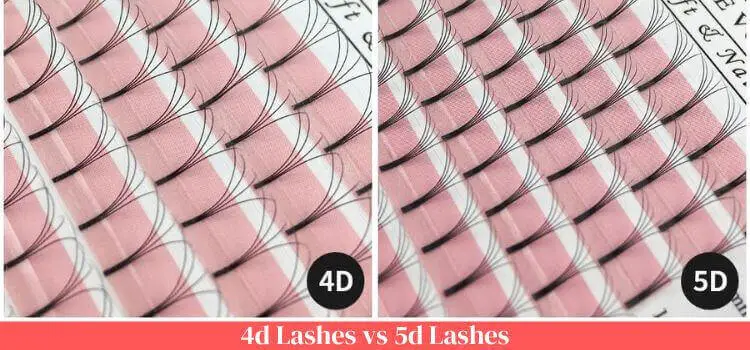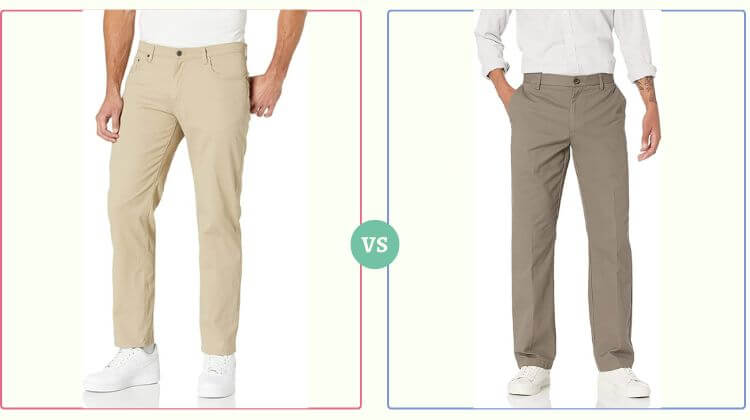As an Amazon Associate, I earn from qualifying purchases.

Regarding customizing apparel, mainly t-shirts, two popular methods are vinyl and screen printing. Both methods offer unique advantages and have characteristics that cater to different preferences and needs. This article delves into vinyl shirts and screen printing, comparing their attributes, pros, and cons. By the end of this article, you’ll be better equipped to decide which printing method suits your requirements.
Screen Print Shirt vs Vinyl: The Comparison
Understanding Vinyl Printing
What is Vinyl Printing?
Vinyl printing, or heat transfer vinyl (HTV) printing, involves cutting a design or text from colored vinyl sheets and then applying it to the fabric using heat and pressure. The result is a vibrant, long-lasting design that sits on the fabric.
Advantages of Vinyl Printing
- Vibrancy and Detail: Vinyl prints boast exceptional color vibrancy and intricate detailing, making them ideal for complex designs.
- Small Batch Printing: Vinyl printing is cost-effective for small batches, making it suitable for personalized or custom orders.
- Durability: Vinyl prints can withstand repeated washing and wear without fading or cracking.
Disadvantages of Vinyl Printing
- Texture: The vinyl layer can sometimes feel slightly raised on the fabric, affecting the surface and comfort.
- Limited Breathability: Vinyl doesn’t allow the fabric to breathe as freely as screen printing, which could be an issue in specific applications.
Exploring Screen Printing
What is Screen Printing?
Screen printing, also called silk screen printing, involves creating a stencil (or screen) for each color in the design. Ink is pushed through the screens onto the fabric, creating a vibrant layered layout.
Advantages of Screen Printing
- Smooth Finish: Screen printing provides a smooth and integrated finish, as the ink becomes part of the fabric.
- Breathability: The ink in screen printing seeps into the fabric, allowing for better breathability than vinyl.
- Versatility: Screen printing suits various fabrics and can achieve multiple effects.
Disadvantages of Screen Printing
- Cost for Small Batches: Screen printing becomes more cost-effective for larger quantities, making it less ideal for small orders.
- Complex Designs: Intricate designs with multiple colors can be challenging and time-consuming to set up for screen printing.
Making Your Choice
Both vinyl printing and screen printing have their unique merits; the choice between them depends on your specific needs and preferences. If you’re looking for vibrant, intricate designs and don’t mind a slightly raised texture, vinyl printing might be the way to go. On the other hand, screen printing could be the better option if you prioritize a smooth finish, breathability, and versatility.
Conclusion
In custom t-shirt printing, the choice between vinyl and screen printing comes down to a balance between design complexity, quantity, texture preference, and overall aesthetics. Consider the attributes and drawbacks of both methods to make an informed decision that aligns with your vision for your apparel.
FAQs About Vinyl Shirts vs. Screen Printing
Q1: Which printing method is more cost effective for small orders?
A1: Vinyl printing tends to be more cost effective for smaller quantities.
Q2: Can I achieve multi-color designs with vinyl printing?
A2: Yes, vinyl printing can accommodate multi-color designs but may involve more intricate cutting and layering.
Q3: Does screen printing fade over time?
A3: Screen printing can maintain its vibrancy for a long time, especially with proper care.
Q4: Are there any fabric restrictions for screen printing?
A4: Screen printing can be done on various fabrics, including cotton, polyester, and blends.
Q5: How do I decide which method is best for my project?
A5: Consider factors like design complexity, quantity, texture preference, and intended use to determine the suitable printing method for your project.
